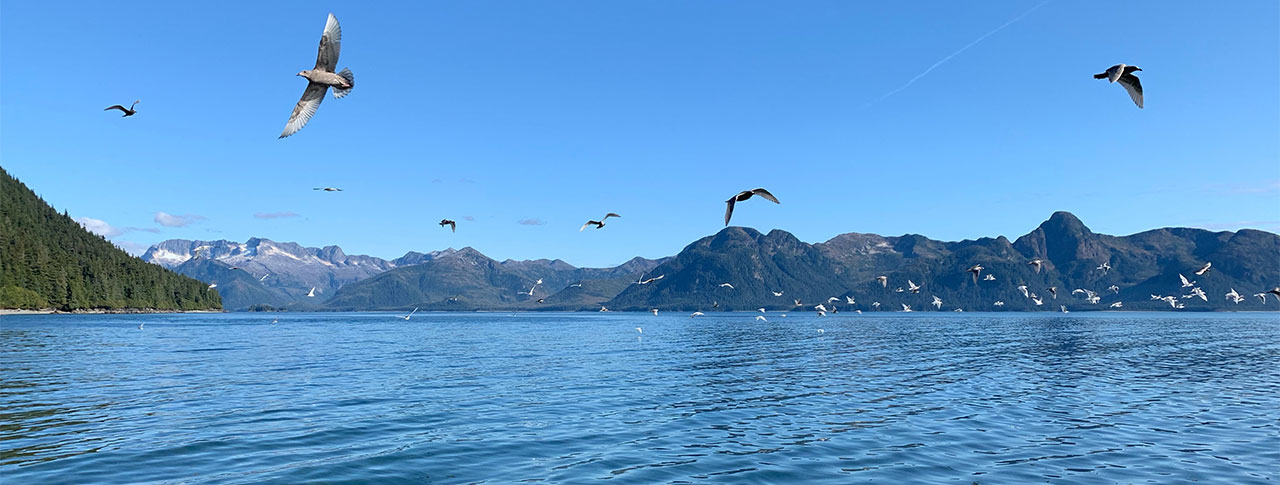Back to: Site Evaluation
Finally, you’ll want to pay attention to the biophysical characteristics of your site—the natural elements that make it unique. You can work to form new markets and resolve potential conflicts with your neighbors, but if kelp doesn’t grow well on the site you’ve selected, your business may be doomed from the start. You’re looking for a site that has the right depth, current, salinity, and nutrients for your kelp to thrive.

Some of the guesswork of environmental suitability can be determined through site visits and observations. For example, when you first begin searching for prospective sites, see if you can identify wild beds of the species you intend to cultivate growing naturally nearby. If wild kelp is growing in the area, it’s a good indication that farmed kelp should also thrive. But to get the clearest picture as to whether your site is suitable for sugar kelp, you’ll need to collect some data. When searching for the ideal site to grow sugar kelp, try to keep the following factors in mind.